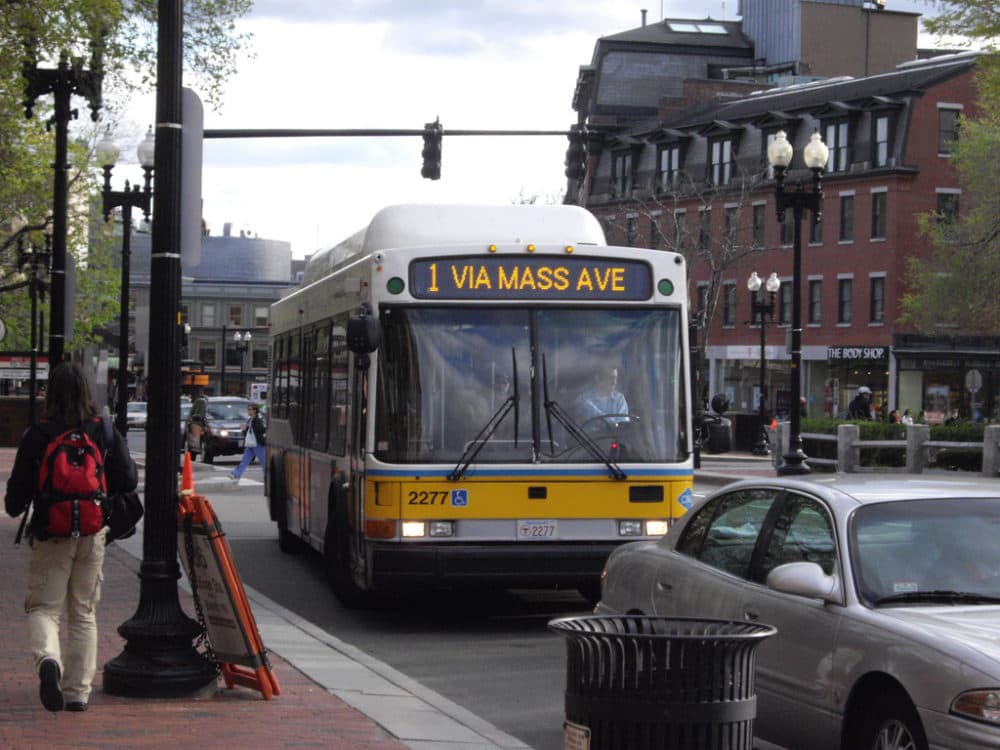Advertisement
Many MBTA Stops Still Inaccessible, Despite Investments

Despite progress toward greater accommodation, many of the MBTA's bus and rail stops still present obstacles for those with disabilities or are altogether inaccessible, according to the latest update from the authority.
A system-wide survey as part of the MBTA's Plan for Accessible Transit Infrastructure found that four out of five bus stops across the MBTA network have at least one "significant barrier," such as a missing curb ramp or a pick-up area too narrow for a vehicle ramp.
Five subway stations and 31 street-level Green Line stops are inaccessible, as are 32 commuter rail stations.
Work estimated to cost more than $477 million is underway to help make the MBTA more accessible, according to T documents. But Laura Brelsford, the MBTA's assistant general manager for system-wide accessibility, told the authority's oversight board that the PATI survey showed how much more needs to be done.
"(The results) served to confirm what our customers already know: that even though the T is more accessible than it's ever been before, we still have a long way to go before everyone with a disability, seniors, families with strollers can use seamlessly and without disruption," Brelsford said while presenting to the MBTA Fiscal and Management Control Board.
As part of the project, 143 of the system's 7,000-plus bus stops with the most critical accessibility challenges — many of which already had fewer than five riders on an average day — were marked to be closed, Brelsford said. Commuters will instead be asked to use nearby stations.
Another 130 bus stations were identified for reconstruction efforts, and more than 600 others will be "triaged" to determine what solutions are possible to improve accommodations.
Construction projects are in progress to make more than a dozen high-impact stations, including Hynes Convention Center, Forest Hills and stretches of the B Line, more accessible. Wollaston, for example, had been the only Red Line station not up to standards in the Americans with Disabilities Act, but a $45 million renovation to add new elevators, escalators, customer paths and more is scheduled to be finished this summer.
Advertisement
Brelsford recommended that transit officials ensure the "pipeline" of funding for accessibility projects remain full in the future. Many plans for the commuter rail will be closely related to the MBTA's long-term "rail vision" study project, she said.
Some efforts, however, will pose unique challenges. Any work to widen platforms on the B, C, and E Lines, which run aboveground near or with motor vehicle traffic, will require coordination with municipalities because of effects on roadways.
FMCB Vice Chair Monica Tibbits-Nutt called the project "fantastic" at Monday's meeting.
"I feel so much better knowing that we have an idea of what is going on and that we have a path for going forward," she said. "We know what the system is like now and we know it's not meeting all of our passengers' needs."